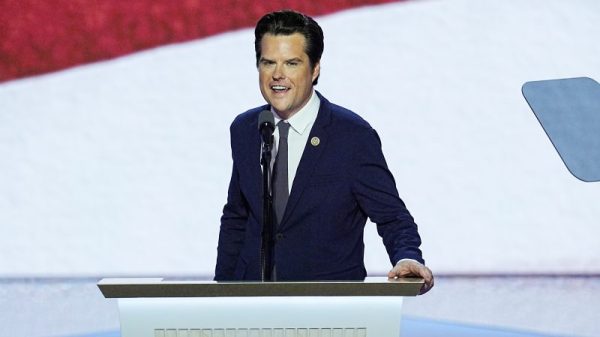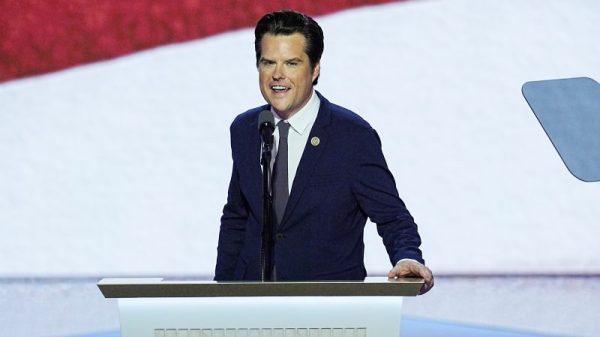In recent times, companies across various industries have resorted to price reductions as a strategy to attract consumers and drive sales. This approach, although seemingly simplistic, carries significant implications and requires a nuanced understanding from businesses looking to implement it effectively.
Embracing price reductions as a means to entice consumers can yield immediate benefits in terms of increased foot traffic, higher sales volume, and improved brand perception. By offering discounts and slashing prices on products or services, companies can tap into the price sensitivity of consumers and motivate them to make purchasing decisions that they might have otherwise deferred. This strategy is particularly effective in highly competitive markets where price plays a significant role in consumers’ choices.
Furthermore, a well-executed price reduction strategy can help companies to clear out excess inventory, reduce carrying costs, and improve cash flow. By lowering prices on slow-moving or seasonal items, businesses can accelerate inventory turnover and free up valuable shelf space for new, more profitable products. This not only mitigates the risk of inventory obsolescence but also allows companies to maintain a fresh and enticing product assortment, which is crucial for sustaining consumer interest and loyalty.
However, while price reductions can yield short-term gains, businesses must also consider the long-term implications of such a strategy. Constantly slashing prices can position a company as a discount retailer in the eyes of consumers, potentially eroding brand equity and diminishing perceived value. It is essential for companies to strike a balance between offering competitive prices and upholding their brand image to ensure sustainable success in the market.
Moreover, frequent price reductions may lead to margin erosion and negatively impact the overall profitability of a business. While attracting more customers through lower prices can drive sales volume, companies must carefully assess the impact of these discounts on their bottom line. It is crucial to monitor key performance indicators, such as gross margin and return on investment, to ensure that price reductions are generating a positive return and contributing to the company’s overall financial health.
To maximize the effectiveness of price reductions as a consumer attraction strategy, companies should complement these discounts with targeted marketing campaigns and promotions. By communicating the value proposition of their products or services effectively, businesses can justify the price reductions and create a sense of urgency among consumers to take advantage of the discounted prices. Additionally, offering exclusive deals or bundling products together can create added value for consumers and incentivize them to make a purchase.
In conclusion, while price reductions can be a powerful tool for attracting consumers and boosting sales, companies must approach this strategy thoughtfully and strategically. By carefully balancing price competitiveness with brand integrity, monitoring financial performance, and complementing discounts with effective marketing initiatives, businesses can leverage price reductions as a valuable tactic to drive growth and enhance customer loyalty.



























